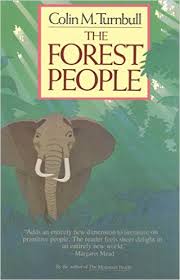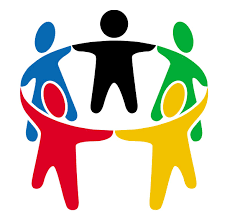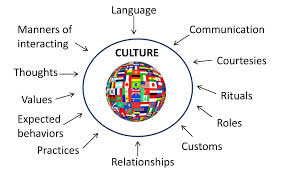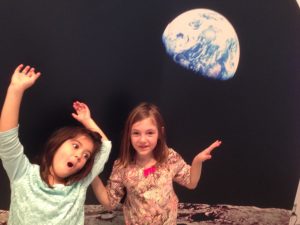CM, CoMT, MT Scholars. . (So many different fields for what I think may be the same thing.)
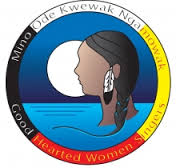 First Nations. . .saved the best for last? Community Music includes issues of social justice, activism, spirituality, relationships to environments, space and place, and others. In Canada, this is embodied fully by First Nations and I have found the teachings to be vital, efficacious and profound.
First Nations. . .saved the best for last? Community Music includes issues of social justice, activism, spirituality, relationships to environments, space and place, and others. In Canada, this is embodied fully by First Nations and I have found the teachings to be vital, efficacious and profound.
Thursdays session with Sharla Johnston was no exception. In community music there is always a sense of openess and there was Dorinda Kruger-Allan, suddenly right there with us. She’s a wonderful singer (Mino Ode Kwewak N’gamowak – Good hearted women singers) and a great resource for all of us, and she works right there in the seminary. Openess.
I needed several days to process Sharla’s teachings before writing this post. As usual there were so many things that hit me as needed, vital, and right on for me personally. It’s never a pre-packaged deal with good facilitators. Here are some of my impressions. Please comment and discuss on this thread. We need a full debrief next class as well as a wrap up. Thank you all for your sense of respect and generosity in the circle.
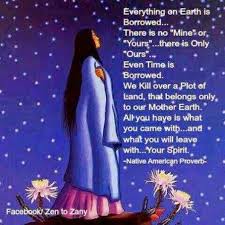
- Locating — I hope you all made the connection. . . what did Sharla do first? She located herself. Some of you were unsure despite it being the entire focus of our first classes and posts. She did not just introduce herself but gave you, in a nutshell, her perspective, her connections — her relations (Ashnaabe, Jewish) and connection to peoples, land, and holding the drum to music (which seems to mean something a bit different in First Nations). None of this was egocentric or narcissistic. Why? How?
- Self-Care — To do the things we set out to do working with people in community self-care is essential. What shape does that take for me? I had sort of forgotten about it. What shape does that take for you? If we are not grounded we spread our poor states of mind and spirit all over the place. That’s a paraphrase of Sharla.
- We make our own drum — There’s more drum lore in Sharla. Lots. She
 scratched the surface. The drum she holds is one of her making. But, her first drum, the first drum you make is given away to another person before they make their own. . . there’s a big circle of connection through the instruments. The small frame drums are gendered female. They are replenished (fed) in ceremonies involving berries, water, and other foods. You literally feed the drums. Her drum, if you looked carefully, carries flecks of strawberries! The drum is seen as person, as spirit, and caring for the drum is part of the mindfulness of caring for anything else, yourself included (self care, self care).
scratched the surface. The drum she holds is one of her making. But, her first drum, the first drum you make is given away to another person before they make their own. . . there’s a big circle of connection through the instruments. The small frame drums are gendered female. They are replenished (fed) in ceremonies involving berries, water, and other foods. You literally feed the drums. Her drum, if you looked carefully, carries flecks of strawberries! The drum is seen as person, as spirit, and caring for the drum is part of the mindfulness of caring for anything else, yourself included (self care, self care). - Vulnerability = Power — this is the opposite message of current power politics, right?
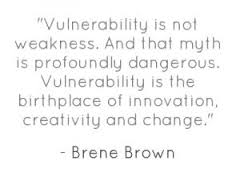 And in music we develop virtuosity and show no one that we are flawed or vulnerable. Yet, that is the key? This teaching is not just First Nations. . it is found throughout the world wisdom traditions. What could this mean to us? What does it mean?
And in music we develop virtuosity and show no one that we are flawed or vulnerable. Yet, that is the key? This teaching is not just First Nations. . it is found throughout the world wisdom traditions. What could this mean to us? What does it mean? - Smudging. . What did you think of this activity? I have MU100 go through it each year now and do very little else with their first experience. I’d say 50% even register anything about it until much later. Thoughts to share?

The bottom line is that the First Nations have much to teach us about who we are in Canada. There is at this juncture in time, and at this one place (Laurier) currently an opening for us to interact, create friendships and learn. On Thursday Sharla opened that door for each of us. What will you do with this open door? Let’s share. . .send good wishes and thanks to Sharla via the blog too. Long personal reflections are great but put them on your personal blog and then put a link in the comments to this post. We want to read your stuff.
Ok, I have one more session with all of you and I promise to make it a good one where we wrap up our work in CM and CoMT. But, let’s make it more than that–let’s look at all the doors we opened and talk next steps. Keep eachother apprised. I’ll try to get some sort of wonderful space for our last session together. I wish we could have food. That always helps! Bravo to you all!
Gerard
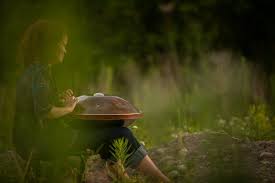
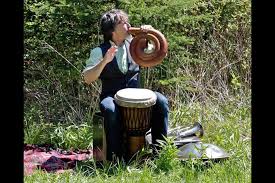

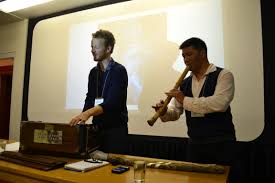
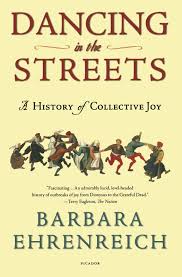
 OK, that brings us directly to music. The musical vestiges of those big, carnival like outbursts where people danced, held giant parades, sang songs, danced, and revelled have been pushed off the streets and out of public spaces into controlled settings — schools, churches, auditoriums, concert halls (indoors for sure). Each of these venues has further shaped musical art forms into strictly-ordered, “civilized,” activities where the gathers themselves are scheduled (rehearsal times), individuals are vetted (auditioned), and sorted (placed by age groups and voice types). Church, school, and civic authorities further control these events and groups with policie
OK, that brings us directly to music. The musical vestiges of those big, carnival like outbursts where people danced, held giant parades, sang songs, danced, and revelled have been pushed off the streets and out of public spaces into controlled settings — schools, churches, auditoriums, concert halls (indoors for sure). Each of these venues has further shaped musical art forms into strictly-ordered, “civilized,” activities where the gathers themselves are scheduled (rehearsal times), individuals are vetted (auditioned), and sorted (placed by age groups and voice types). Church, school, and civic authorities further control these events and groups with policie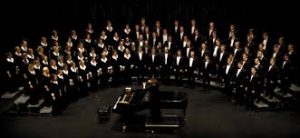 s, etc. Since the 17th century, the structure of group musical organizations in the West have themselves surrendered to highly controlling cultural norms: The barline emerged in the 17th century (circular or modular musics disappear at this point — think isorhythmic motets, etc.) favouring primarily duple and triple, simplified rhythmic schemes (think about African rhythmic schemes vs. Western classical); large groups were controlled by authority figures modelled after celebrants (priests) in liturgy . . the model that gave rise to modern conductors; dancing and movement are effectively divorced from group music-making in the West (except for conductor, celebrant, or specialist); responsibilities for creativity and spontaneity so crucial in music-making, are first contained in sub-events (cadenzas) and eventually removed from groups of musicians altogether.
s, etc. Since the 17th century, the structure of group musical organizations in the West have themselves surrendered to highly controlling cultural norms: The barline emerged in the 17th century (circular or modular musics disappear at this point — think isorhythmic motets, etc.) favouring primarily duple and triple, simplified rhythmic schemes (think about African rhythmic schemes vs. Western classical); large groups were controlled by authority figures modelled after celebrants (priests) in liturgy . . the model that gave rise to modern conductors; dancing and movement are effectively divorced from group music-making in the West (except for conductor, celebrant, or specialist); responsibilities for creativity and spontaneity so crucial in music-making, are first contained in sub-events (cadenzas) and eventually removed from groups of musicians altogether.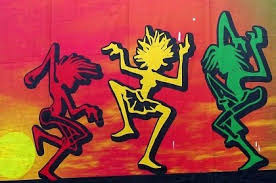 Big popular music movements like Rock, Jazz, Soul, Reggae and now community musics of all kinds are the backlash. We are trying to find that balance but the structures of civilization resist this pretty well. Note that all these forms reintegrate music and movement with drumming and percussive forms, things that were marginalized in Western music since the 17th century in favour of the development of modern harmonies. So, at this point we have a lot of music going on, all kinds, and more people than ever involved in consuming it. . . that’s the rub. . since the 1950s and the advent of accessible recordings music became less of an activity between people and more of a product, a noun, a consumable.
Big popular music movements like Rock, Jazz, Soul, Reggae and now community musics of all kinds are the backlash. We are trying to find that balance but the structures of civilization resist this pretty well. Note that all these forms reintegrate music and movement with drumming and percussive forms, things that were marginalized in Western music since the 17th century in favour of the development of modern harmonies. So, at this point we have a lot of music going on, all kinds, and more people than ever involved in consuming it. . . that’s the rub. . since the 1950s and the advent of accessible recordings music became less of an activity between people and more of a product, a noun, a consumable.
